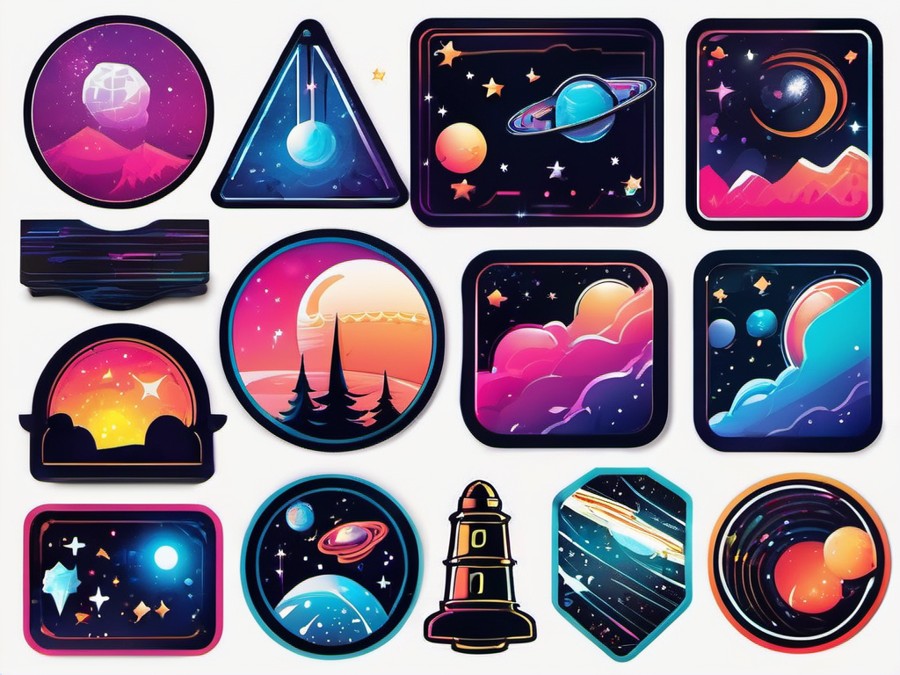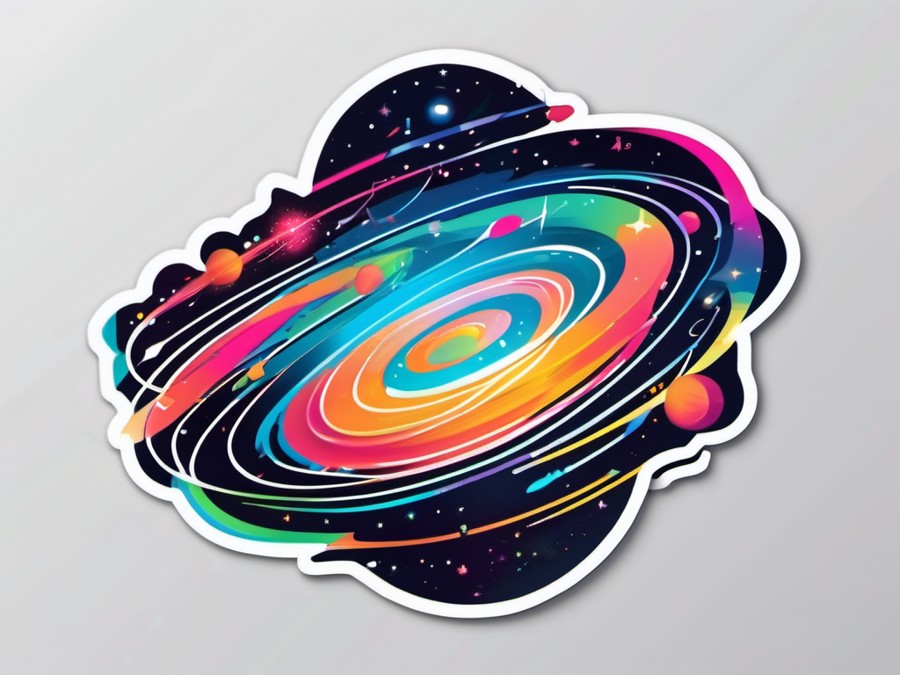· Charlotte Will · Marine GPS Chartplotters · 8 min read
What is a GPS Chartplotter and Why Do You Need It for Boating?
Discover the power of GPS chartplotters for boating. Learn how these devices enhance safety, improve navigation, and offer real-time updates. Find out why every boater needs a GPS chartplotter and explore the benefits of popular brands like Garmin.

Understanding Marine Navigation: Why GPS Chartplotters Matter
Marine navigation has come a long way from the traditional paper maps that sailors once depended on. Today, boating enthusiasts are turning to more advanced tools like GPS chartplotters to enhance their experience on the water. But what exactly is a GPS chartplotter, and why is it so crucial for boating? Let’s dive in.
The Evolution of Boating Navigation
From the ancient Romans who used the North Star for guidance to the Victorian sailors with their intricate paper charts, navigation has always been a core aspect of boating. The introduction of GPS (Global Positioning System) technology in the 1970s revolutionized navigation, making it more accurate and accessible.
As technology advanced, so did the devices we use to navigate our boats. Today, GPS chartplotters combine GPS technology with digital maps, offering boaters a powerful and user-friendly way to chart their courses.
What is a GPS Chartplotter?
Defining the Basics
In simple terms, a GPS chartplotter is an electronic device that uses GPS technology to show your boat’s location on a digital map. Unlike traditional paper charts, these devices provide real-time updates and detailed information about your surroundings, making navigation more intuitive and safer.
Imagine having a dynamic map that not only shows you where you are but also offers insights into depths, hazards, and points of interest. That’s what a GPS chartplotter offers.
Key Features of a GPS Chartplotter
Integrated GPS Technology
At the heart of every GPS chartplotter is a powerful GPS receiver. This device communicates with satellites orbiting the Earth to pinpoint your exact location. Modern GPS technology is so accurate that it can determine your position within a few meters, providing unparalleled precision for navigation.
Charting Software and Maps
The maps used by GPS chartplotters are detailed digital charts that cover a wide range of geographic areas. These maps include information like depth contours, navigational aids, and hazards. Popular mapping providers like Navionics offer high-quality charts that can be integrated into most GPS chartplotters.
Benefits of Using a GPS Chartplotter for Boating
Enhanced Safety on the Water
Safety is paramount when you’re out on the water. A GPS chartplotter enhances your safety in several ways:
- Real-Time Location: Knowing exactly where you are helps you avoid getting lost.
- Hazard Warnings: Many devices alert you to nearby hazards, like shallow waters or underwater obstacles.
- Emergency Features: Some GPS chartplotters come with built-in emergency functions, such as MOB (Man Overboard) tracking and distress signal capabilities.
Improved Navigation and Planning
Planning a boating trip is easier with a GPS chartplotter. You can mark waypoints, set routes, and even calculate the time it will take to reach your destination. This level of planning ensures that you make the most of your time on the water.
Real-Time Positioning and Waypoints
Marking waypoints is a breeze with a GPS chartplotter. Whether you want to remember a favorite fishing spot or avoid a tricky navigation point, waypoints make it easy. These markers can be saved and recalled whenever you need them, making your trip smoother and more enjoyable.
Choosing the Right GPS Chartplotter for Your Needs
Types of GPS Chartplotters Available
There are three main types of GPS chartplotters:
- Fixed Chartplotters: These are permanently installed on your boat and typically offer the most features.
- Portable Chartplotters: Compact and versatile, these devices can be easily moved between boats.
- Multifunction Displays (MFDs): These combine chartplotter functionality with other features like fishfinders and radar.
Essential Features to Consider
When choosing a GPS chartplotter, consider the following features:
- Screen Size: Larger screens offer better visibility.
- Touch Functionality: Touchscreens make navigation more intuitive.
- Connectivity: Bluetooth and Wi-Fi connectivity can enhance your experience.
- Chart Coverage: Ensure the charts cover your boating area.
Popular Brands in GPS Chartplotters
Garmin: A Leader in Marine Navigation
Garmin is a renowned name in the world of marine electronics. What is NEMA Housing and Which Rating Do I Need? offers insights into the housing systems that protect these devices. Garmin GPS chartplotters are known for their reliability and extensive feature sets, including advanced navigation tools and integration with other marine electronics.
Raymarine: Innovative and Reliable
Raymarine is another leader in the GPS chartplotter market. Their devices are praised for their innovative features and durability. When you invest in a Raymarine GPS chartplotter, you’re getting a device that’s designed to withstand the rigors of marine environments.
Setting Up Your GPS Chartplotter
Initial Installation and Configuration
Installing a GPS chartplotter involves several steps:
- Mounting: Secure your device in a position where it’s easily accessible and visible.
- Power: Connect the device to a power source.
- Antenna: Ensure the GPS antenna is properly placed for optimal signal reception.
- Software Setup: Load the charting software and update your charts.
Updating Your Charts
Keeping your charts up to date is crucial for safe navigation. Many GPS chartplotters allow you to update your charts via SD card or through a connected computer. It’s important to regularly check for updates, just like you would with your running GPS unit.
Using Your GPS Chartplotter Effectively
Navigating with Ease
Navigating with a GPS chartplotter is straightforward:
- Power On: Turn on your device.
- Wait for GPS Signal: Allow the device to acquire a satellite signal.
- View Map: Your current location will be displayed on the map.
- Plan Your Route: Use waypoints and routes to plan your trip.
Creating and Saving Waypoints
To mark a waypoint:
- Locate: Navigate to the spot you want to mark.
- Mark: Use the waypoint function on your device.
- Label: Give your waypoint a name for easy recall.
- Save: Ensure the waypoint is saved to your device’s memory.
Troubleshooting Common Issues
GPS Signal Problems and Solutions
Losing your GPS signal can be frustrating. Here are some tips to resolve the issue:
- Clear Obstacles: Ensure there are no physical obstructions between your antenna and the sky.
- Check Connections: Ensure all cables are properly connected.
- Update Software: Sometimes, a software update can resolve signal problems.
Software Updates and Maintenance
Keeping your GPS chartplotter in top condition involves regular maintenance:
- Software Updates: Keep your charting software up to date.
- Hardware Checks: Regularly inspect cables and connections for wear and tear.
- Cleaning: Keep the device clean to prevent dust buildup.
Best Practices for Boating with a GPS Chartplotter
Regularly Update Your Charts
Just as you would with a tripod leveller, regularly updating your charts ensures that you have the most accurate information. New hazards and changes to waterways can appear quickly, so keeping your charts current is essential.
Connecting to Other Marine Electronics
Many GPS chartplotters can be integrated with other marine electronics using the NMEA (National Marine Electronics Association) network. This allows for seamless communication between devices, enhancing your overall boating experience.
Real-Life Examples: How GPS Chartplotters Have Saved the Day
Stories from Experienced Boaters
Boaters often share stories about how their GPS chartplotters have saved them from dangerous situations. For instance, a sudden fog bank can make navigation difficult, but with a GPS chartplotter, you can safely navigate to shore and avoid hazards. These devices have become lifesavers for many boaters.
The Future of Marine Navigation
Advances in GPS Chartplotter Technology
The future of marine navigation looks promising. GPS chartplotters are becoming more integrated with other technologies, offering features like augmented reality (AR) overlays and enhanced connectivity. As technology advances, so will the capabilities of these devices, making boating safer and more enjoyable for everyone.
Conclusion
A GPS chartplotter is more than just a navigational tool; it’s an essential piece of equipment for any boater. Whether you’re a seasoned sailor or a beginner, investing in a GPS chartplotter will greatly improve your boating experience. With advanced features, real-time updates, and enhanced safety measures, a GPS chartplotter is a valuable addition to your boat.
FAQs
How do I update the charts on my GPS chartplotter?
Updating your charts is crucial for safe navigation. Most devices allow you to update charts via SD card or through a connected computer. Regularly check for updates and ensure your charts are current.
Can a GPS chartplotter be used for fishing?
Absolutely! A GPS chartplotter is a great tool for fishermen. You can mark your favorite fishing spots, track your boat’s movement, and even use certain models with integrated fishfinders to locate fish.
What is the difference between a fixed and portable chartplotter?
Fixed GPS chartplotters are permanently installed on your boat, often offering more features and better integration with other marine electronics. Portable chartplotters are compact and can be easily moved between boats, making them versatile for various boating scenarios.
How do I connect my GPS chartplotter to other marine electronics?
Most modern GPS chartplotters use the NMEA (National Marine Electronics Association) network to connect with other marine electronics. This allows for seamless communication and enhanced functionality between your devices.
What should I do if my GPS chartplotter loses signal?
If your GPS chartplotter loses signal, first ensure there are no physical obstructions between the antenna and the sky. Check all cable connections to make sure they are properly secured, and consider updating your software to resolve any signal issues.
This content is written in a conversational style, focusing on real concerns and interests of boaters. It includes relevant internal links to enhance SEO and engagement.




